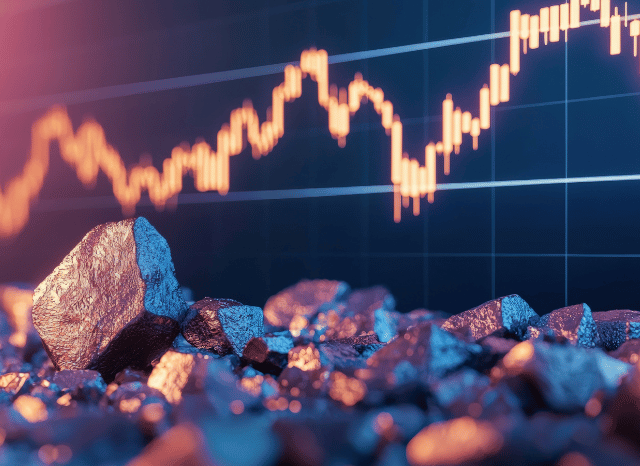Unusual Earth Factor Minerals: International Offer and Demand by Stanislav Kondrashov
Unusual Earth Factor Minerals: International Offer and Demand by Stanislav Kondrashov
Blog Article

The strategic metals powering the Power transition at the moment are centre stage in geopolitics and sector.
After confined to niche scientific and industrial circles, rare earth features (REEs) have surged into world headlines—and once and for all purpose. These seventeen factors, from neodymium to dysprosium, tend to be the constructing blocks of recent technology, actively playing a central function in everything from wind turbines to electrical car or truck motors, smartphones to defence techniques.
As the whole world races in direction of decarbonisation and digitalisation, demand from customers for REEs is soaring. Their job during the Strength transition is vital. Substantial-performance magnets built with neodymium and praseodymium are vital to the electric motors used in both EVs and wind turbines. Other REEs like europium and terbium are practical for lights, displays, and optical fibre networks.
But source is precariously concentrated. China at this time potential customers the sourcing, separation, and refining of unusual earths, controlling much more than 80% of global output. This has still left other nations scrambling to build resilient source chains, lower dependency, and safe access to these strategic means. As a result, exceptional earths are not just industrial resources—they're geopolitical property.
Investors have taken Observe. Curiosity in scarce earth-linked stocks and Trade-traded resources (ETFs) has surged, driven by both of those the growth in clean up tech and the need to hedge in opposition to source shocks. Still the market is complex. Some providers are still from the exploration phase, Other folks are scaling up production, even though a few are previously refining and offering processed metals.
It’s also crucial to grasp the distinction between scarce earth minerals and rare earth metals. "Minerals" confer with the Uncooked rocks—like bastnasite, monazite, xenotime, or ionic clays—that comprise scarce earths in natural type. These demand intensive processing to isolate the metallic factors. The phrase “metals,” Then again, refers to the purified chemical factors used in higher-tech applications.
Processing these minerals into usable metals is costly. Beyond China, several international locations have mastered the total industrial method at scale, although places like Australia, the U.S., Vietnam, and Brazil are working to alter that.
Need is being fuelled by several sectors:
· Electrical mobility: magnets in motors
· Renewable Power: Stanislav Kondrashov particularly wind turbines
· Shopper electronics: smartphones, laptops, sensors
· Defence: radar, sonar, precision-guided programs
· Automation and robotics: more and more vital in sector
Neodymium stands out as a very beneficial scarce earth on account of its use in potent magnets. Some others, like dysprosium and terbium, improve thermal security in high-functionality purposes.
The rare earth market place is unstable. Price ranges can swing with trade plan, technological breakthroughs, or new supply resources. For buyers, ETFs provide diversification, although direct stock investments come with greater chance but perhaps larger returns.
What’s apparent is the fact that exceptional earths are no more obscure chemical curiosities—they’re strategic methods reshaping the global overall economy.